The courage to persevere
Jin Takamizu
June 15, 2025
I am a second-generation Shinnyo Buddhist. I became a Shinnyo-en member through my parents, and have practiced with them for as long as I can remember. As a child, I hated sitting for long periods during services but loved the temple atmosphere. I was fascinated watching as my father was moved to tears in the middle of a service.
I was born with a cleft lip and palate, and my condition was so serious that I was lucky to survive. The roof of my mouth had a hole directly connecting to the nasal cavity, so my handicap was very visible. Our family’s mentor at Shinnyo-en was concerned for me, and engaged in a consulting sesshin for us to reflect on the matter. The counsel given during sesshin prompted my family to reflect with gratitude how much worse things could have turned out and opened our hearts to feel how the support of the Shinnyo founders’ two sons played a part in giving me this chance at life.
As a child, I used to play catch with my father and big brother—a die-hard baseball fan. By the time I was in 6th grade, I was a captain, cleanup hitter, and ace pitcher, and I also played on the all-Japan team against the United States. Everything was going well for me. Being a star, I guess I got a bit full of myself.
But junior high baseball quickly brought me back to reality. The manager and coach seemed to single me out and bully me at every opportunity. The coach refused to use me as a player, preferring to make me run errands instead. It seemed my glory days were over. I was stressed out and felt trapped. I felt my only hope was to turn to my spiritual practice—the Shinnyo teachings.
I felt my only hope was to turn to my spiritual practice—the Shinnyo teachings.
When I sat facing our home altar, in front of the pictures of the Shinnyo founders and their two sons, my heart cried out: “It’s too much. I’ve had it up to here with baseball!” The tears I shed seemed to wash away the pain and frustration, and the time spent kneeling in prayer soothed me. Each prayer session brought forth a surge of courage, and this enabled me to persevere on the team until the end of junior high school. As those days came to an end I felt I had almost made it through the darkness, and I vowed to turn my life around. I was feeling much more hopeful when I entered high school. Imagine my shock when I discovered that the terrible coach from junior high had come to coach my high school team–not again!
At one of the Shinnyo-en services held around that time, I learned about the spiritual indication Master Shinjo received upon establishing the Shinnyo tradition:
No matter what you come up against, embrace it fully and use it to open your eyes of wisdom. Look positively towards the future.
“Exactly!” I thought. Though my coach was still hard on me and I hated the very sight of him, I started to consider it my training to find the positive in a negative situation and to be grateful for that opportunity. I made it my practice to seek a way to harmony, because that is the spirit at the heart of the Shinnyo teachings.
I made it my practice to seek a way to harmony, because that is the spirit at the heart of the Shinnyo teachings.
But the coach had other ideas. He would talk to everyone but me. Finally, I asked him straight out why he ignored me all the time. “I just don’t like you!” he snapped. Before long, the manager had me labeled a troublemaker as well. The road to harmony was going to be rocky! I could get along with neither the manager nor the coach. Even the game itself provided no refuge.
In despair, I found myself praying in front of the Shinnyo stupa at the head temple. Everything that was bottled up in my heart—the pain, sorrow, and anger—came gushing out. I was left feeling refreshed and positive. I vowed to one day return wearing a uniform with number 1 on the back. From that day on, I learned to reflect on my situation in terms of the teachings. Before, I had almost given up on talking to the coach and manager. But I learned to offer a cheery “hello” to them, whatever their reactions, and to appreciate the practice, no matter how hard. When I reached the limit of my patience I would visit the stupa, where I would wholeheartedly apologize for my negativity and pray to be more grateful for what I had been able to accomplish. As I did so I felt a warm embrace, and understood that I would always be supported.
I vowed to one day return wearing a uniform with number 1 on the back.
Around that time, a teammate I had come to know confided in me about his personal problems. I tried to listen to him just as kindly as the Shinnyo founders and their two sons would have. It turned out that he also had a connection with Shinnyo-en, though he hadn’t visited the temple since he was in elementary school. I sincerely shared my own experience with him, and told him how the teachings had helped me. He listened carefully and then agreed to visit the temple with me, saying, “Since you asked me to, I’ll go.” Master Shinjo used to say, “The hardest task for me was to guide each person to awaken to true practice.” Now I knew just what he meant.
In the winter of my second year on the high school baseball team, we were practicing hard for our final tournament when I felt an excruciating pain in my elbow. The pain was so intense that I could no longer pitch even 10 meters (approximately 30 feet). The doctor diagnosed it as elbow strain. My pitching days were effectively over. I wondered whether I should quit baseball or stay on with the team to support them from the sidelines. When I asked my father what I should do, he said, “Ask the Buddha and then decide.” So I prayed every day in the altar room and at the stupa.
The counsel I received at a sesshin sitting around that time stated, “Whether seen or unseen, all flowers are beautiful.” This solidified my determination to stay on the team, not to play, but to perform chores so the players could concentrate on playing. “I will be their foundation,” I thought. I started preparing drinks, cleaning dirty balls, sprinkling water on the field, and maintaining the grounds.
I worked on this with humble determination in the mornings, but by the end of each day the feeling that I was doing them a favor would begin to creep in. Noting this tendency, I tried to reflect on myself each day and silently apologize. Gradually I became able to remain more positive, and to find genuine joy and gratitude in what I was doing. The manager and coach, who once despised me so much, started to talk to me, and even thanked me for my hard work.
Gradually I became able to remain more positive, and to find genuine joy and gratitude in what I was doing.
When the last tournament was drawing near, the numbers assigned to each player were announced. Of course, I was not given a number; my job was to sit among the crowd and cheer for the team. I understood the situation, but how I wished the Shinnyo parents and their sons could have seen me playing with the pitcher’s number 1 on my back!
At the end of the upcoming tournament, the season would be over, as well as my days of serving as a foundation for the team’s harmony. The manager had asked me to turn in my uniform the day before one of the final scrimmages. The next day, he called me to the center of the circle of teammates and handed it back to me with a smile, and said, “Put it on.” As I hesitantly did so, I saw the number “1” on its back. The manager complimented me on how well it suited me. There were tears in the eyes of both the manager and coach as they clapped and smiled. My heart called out to our teacher, Master Shinjo, in gratitude. Like a miracle, harmony had come to the team, and hatred was gone. I felt the hand of the Shinnyo founders’ two sons in my coach and manager, and was filled with gratitude for their support.
As a baseball player I have experienced physical injury, and the pain and frustration that come with it. Since I’ve been through pain myself I know how tough it can be, and that is why I am working hard now to become an acupuncturist so that I may play some small role in relieving others’ discomfort. Her Holiness Shinso encourages us to make a fresh start this year in the footsteps of the Shinnyo founders when they established the Shinnyo tradition. Now my aim is to share the Shinnyo teachings—the path to overcoming difficulty—with as many people as I can. I aim to become a youth spiritual guide and support young people in the same way that the founders’ sons supported me.
1. Sesshin is a unique form of meditation practiced at Shinnyo-en, typically undertaken in a group setting. Trainees take part in a guided form of meditation where they receive personalized words of instruction.
2. It is common in Buddhist denominations for founding teachers to be venerated as the source of the practices and teachings passed down in a tradition. A sense of spiritual connection with the teachers of one’s tradition is an essential element of Esoteric Buddhism, of which Shinnyo-en is an example.
3. When Masters Shinjo and Tomoji tragically lost their two sons, members of the community began to feel that the boys remained connected to the spiritual community, where they work on behalf of practitioners as they strive to implement the teachings in their lives. As Jin Takamizu reports in this story, many identify feelings of calmness and unseen support during difficult times, and the ability to remember the teachings and put them into practice despite circumstances as the compassionate work of the Shinnyo founders’ two sons.
4. A stupa is a Buddhist memorial shrine, typically shaped like a dome or a bell, which contains sacred relics, often including the remains of venerated figures. The Shinnyo stupa is a memorial shrine to the Shinnyo founders and their two sons in the grounds of the head temple in Tachikawa, Tokyo. The stupa provides a sacred space for reflection and prayer while circumambulating.
View more stories
Finding strength in the people around you
By Haidee Sui
Haidee Sui, a Shinnyo-en practitioner from Northern California, shares how she found strength in the temple community that helped her to connect to others and accept herself as she grew through a challenging time in her life.

Discovering treasure in painful experience
By Jin Takamizu
Jin Takamizu, who practices in Tokyo, Japan, shares the story of a spiritual breakthrough he experienced while undergoing surgery to correct a cleft lip and palate he lived with for most of his life. He describes how undergoing that painful experience helped him discover a sense of purpose in life.
Gaining peace and self-love
By Kevin Shi
Shinnyo‑en practitioner Kevin Shi, from Seattle, reflects on how the teachings offered him guidance and perspective when struggling with depression, helping him to rediscover a sense of inner harmony and self-worth.

Coming home
By Amy Leval
Amy, an American living in Sweden, shares the story of how the simple practice of offering merit on behalf of family members that she had never met opened the way for healing and reunion within her extended family.

Sending off the spirits of the dead
By Temple Staff Member
In this article from a 1954 Shinnyo‑en newsletter, a member of the temple staff describes an early lantern floating officiated by Shinjo and Tomoji Ito. Despite the many decades since it was written, the account will be remarkably familiar to participants of contemporary lantern floatings.
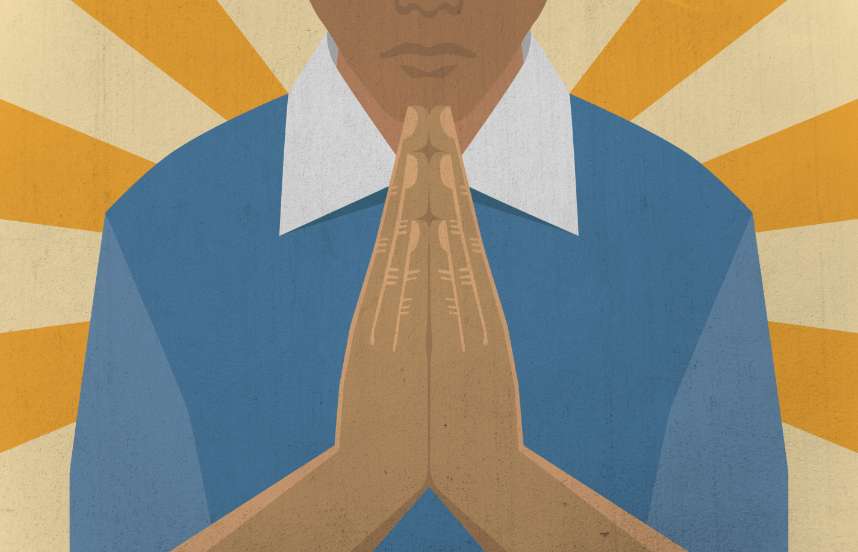
The spirit of gassho: cultivating gratitude as a spiritual practice
By Her Holiness Shinso Ito
Her Holiness likens living a true spiritual life to greeting others with a reverent expression of appreciation. A spirit of gratefulness for others and all that we have cultivates contentment and joy within us. It is a simple practice that we can only experience in the company of others.
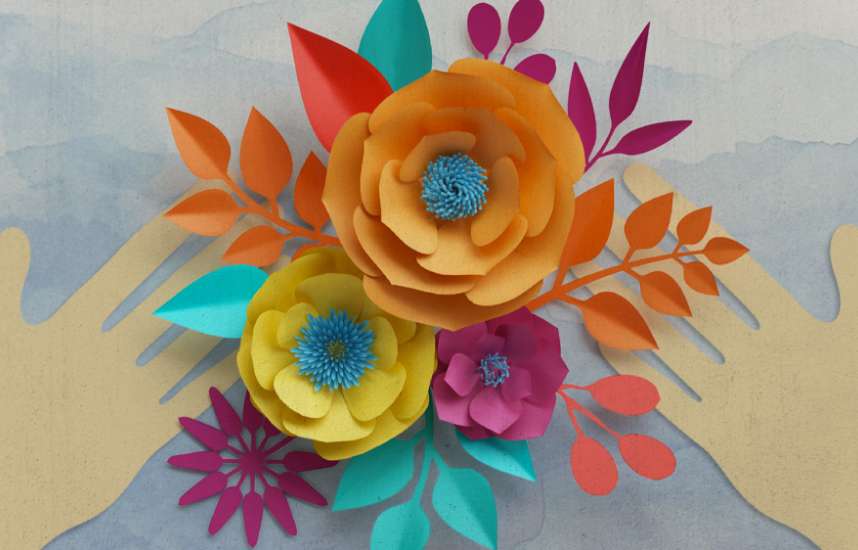
Walking on my own with others
By Takako Masuda
Takako Masuda, whose disability once made her introverted and aloof, describes how a warm, encouraging gesture from Her Holiness helped her realize we never truly walk alone.
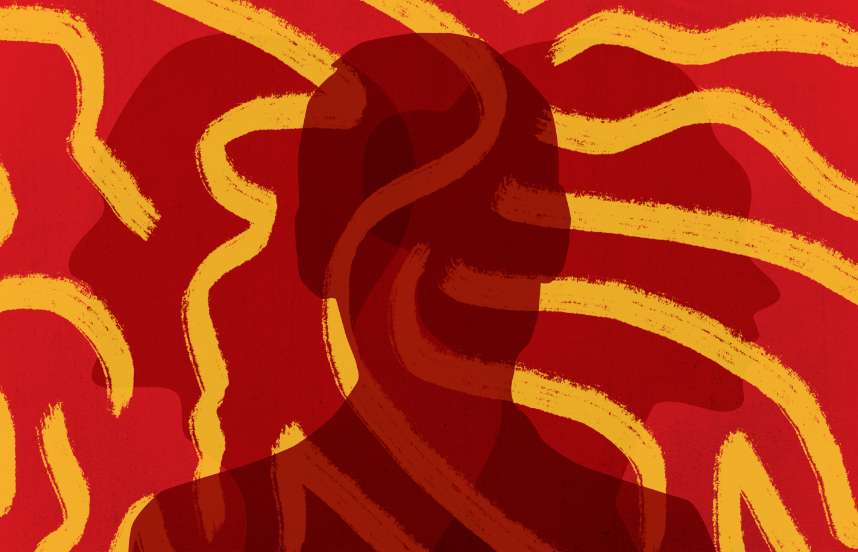
Healing bitterness with joy
By Tracy Yang
Tracy Yang, who lives in the United States, shares the story of her family breaking apart, the hardship of emigrating to New York with her mother, how sesshin helped her to uproot feelings of anger toward her and truly see her for who she is, and how with practice, her bitterness turned to joy.

Kindling the warmth of Shinnyo in one’s heart
By Nicolas Simonet
French practitioner Nicolas Simonet shares how, even after being a member of Shinnyo‑en for a long time and feeling he knew more than others, a crisis in his relationship provided him a mirror to see his own failings, and finally ground his practice in his heart.
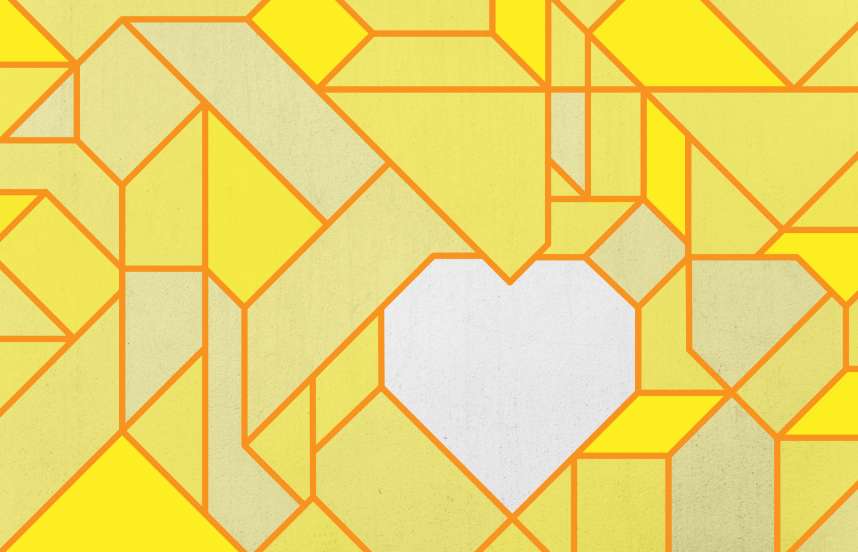
Practicing from the heart
By Lisa Bandiera
Lisa Bandiera, a member of the Shinnyo‑en temple in Sydney, Australia, describes how sesshin invigorated her spiritual practice within her family, and how studying at Shinnyo‑en has deepened and enriched her understanding of the faith tradition she was raised in.
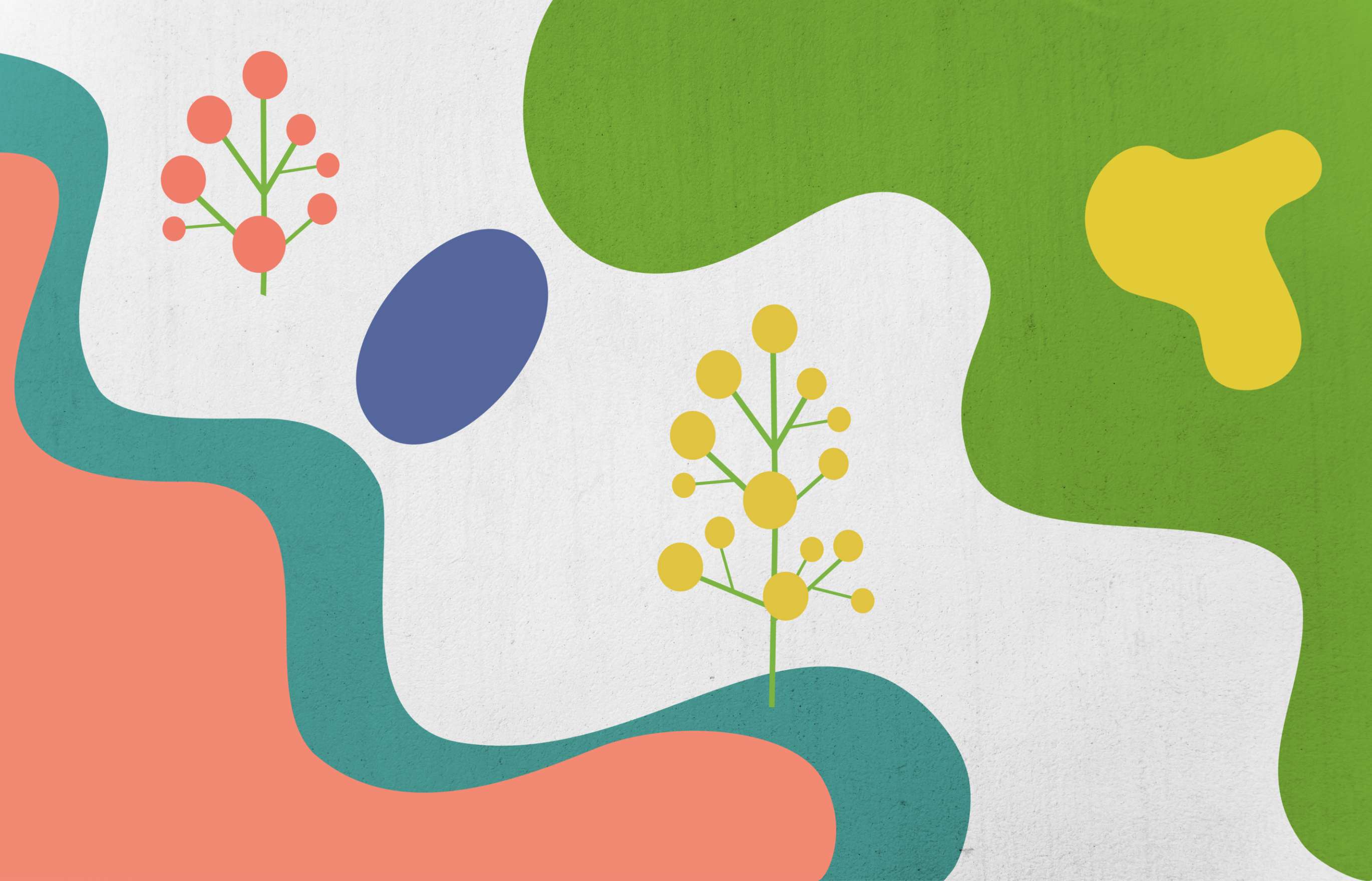
Spiritual training in a city full of potential Buddhas
By Ai Yamanaka
Shinnyo‑en practitioner Ai Yamanaka, from New York, finds spiritual inspiration, a happy life, and encouragement in the joyful open-heartedness hidden beneath the city’s superficial gruffness.
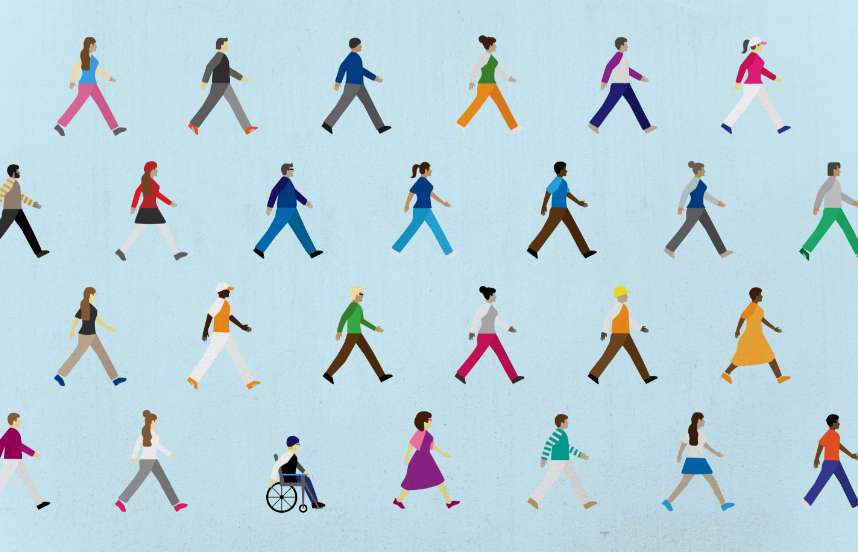
Steadfastly walking the path with others
By Master Shinjo Ito
Master Shinjo Ito, the founder of Shinnyo‑en, shares how the image of Achala (“the immovable one”), inspires development of a spirit of loving kindness and compassion toward others in one’s practice that remains steadfast, regardless of circumstances or recognition.
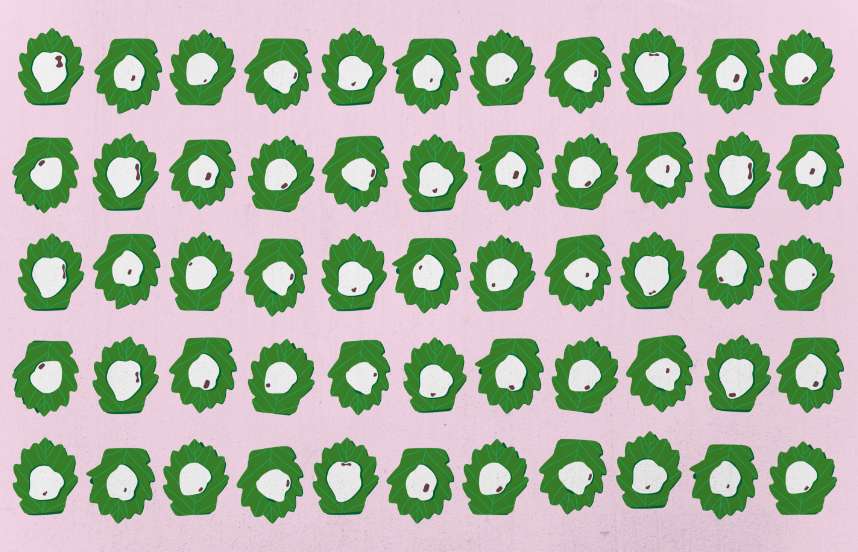
Taking what is left
By Her Holiness Shinso Ito
Her Holiness Shinso Ito shares a childhood memory of celebrating “Boy’s Day” with her mother, illustrating how she skillfully taught by example how to express qualities of buddhahood in everyday life.

The longest journey begins with the first step
By Robert Mize
Shinnyo‑en member Robert Mize of the temple in Redwood City, California, reflects on how his practice fits into his Christian background, the healing power of mentorship and community at Shinnyo‑en, and on how the long-term perspective fuels his practice of small acts of kindness.

The transformative effects of the Shinnyo path
By Guillaume Riou
French practitioner Guillaume Riou shares his very personal story of practicing Shinnyo‑en, and how the simple act of praying for a cousin’s premature baby opened his heart to an estranged family member, and helped to heal the whole family.

Touching our Buddha nature
By Mark S.
Shinnyo‑en practitioner Mark, from the United Kingdom but practicing in Japan for the last 20 years, explains how getting in touch with his “buddha nature,” his natural goodness within, helped him recognize the support and friendship of others around him and really be himself.
